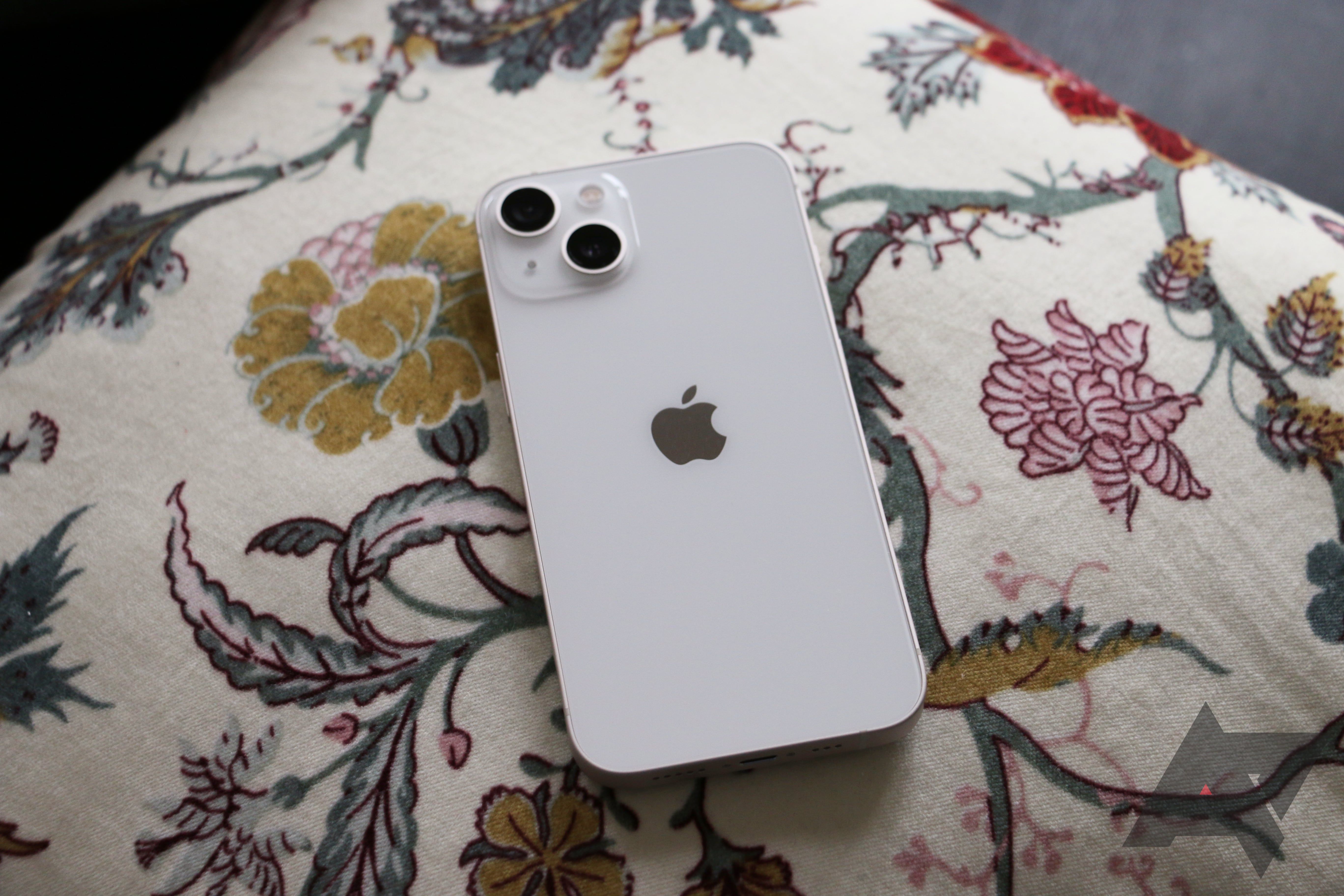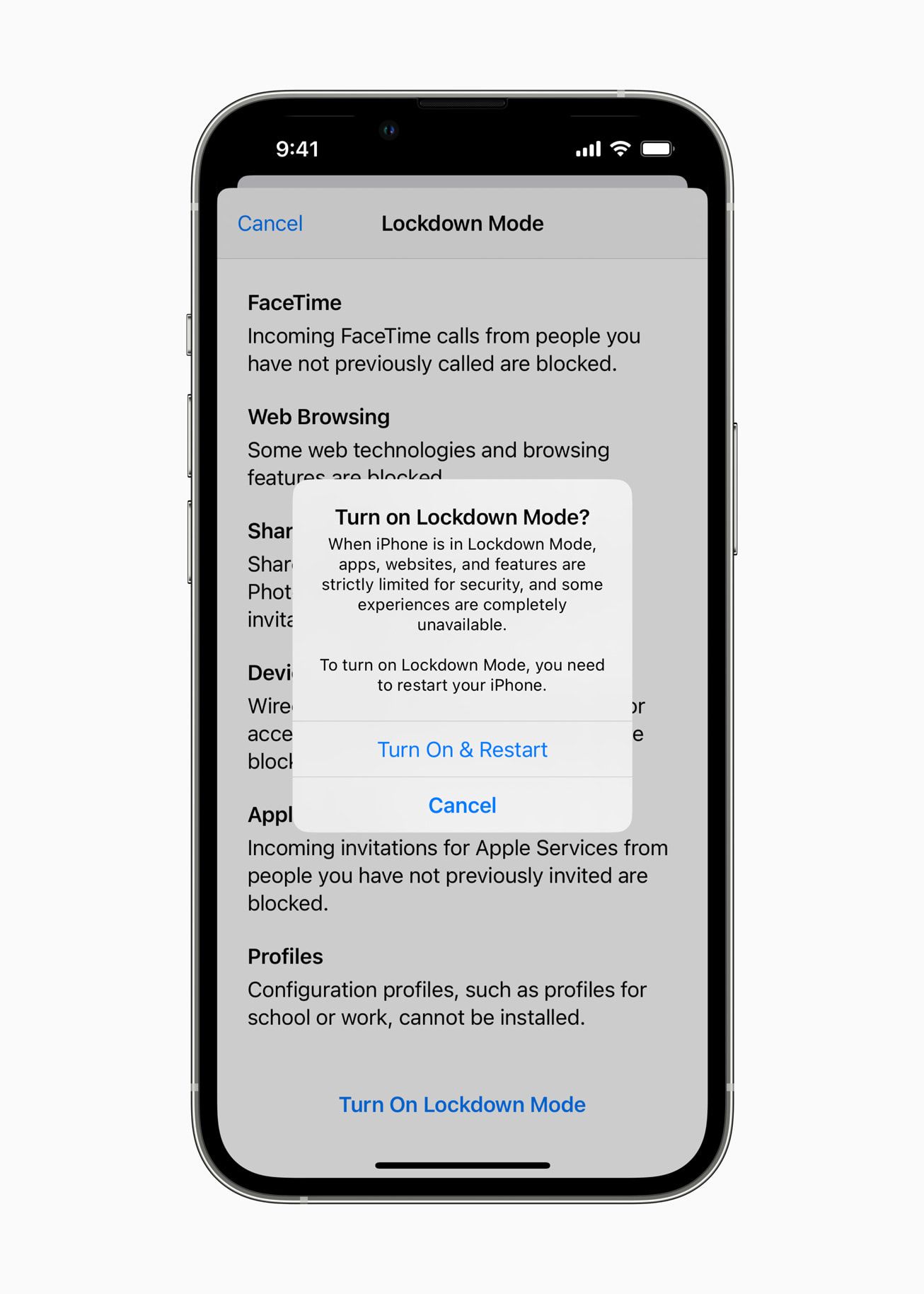Apple’s iOS is already a much more locked down operating system than Android ever has been. While the Cupertino company has opened up the iPhone to more customization in recent years, the underlying system is as closed source as it has ever been. Although an open operating system has its advantages, Apple touts that its approach is more secure, and now, the company has doubled down on this with Lockdown Mode. It’s supposed to protect those at risk of highly targeted attacks better than anything else currently easily obtainable on the mass market.
Lockdown Mode is part of Apple’s upcoming next iOS 16 release, which has just seen the launch of its third developer preview. It’s also coming to iPadOS and macOS. Apple warns that an iPhone will not function as it typically does when the mode is activated, with a lot of features disabled. Hence, it should only be used by those who really think they will be the target of a sophisticated cyberattack, like investigative journalists, whistleblowers, and government officials and workers.
Apple explains that it will continually work on improving this super-secure mode, but at launch, it will already provide ample protection. In Messages, most attachments are blocked other than images. When browsing the web, certain complex technologies are disabled unless a website is marked as trusted by the user. Wired connections with computers and accessories are also blocked unless the phone is unlocked. Apple services like FaceTime and Calendar are additionally restricted, allowing only known callers.
All these measures are supposed to prevent the most sophisticated attacks currently around. Apple specifically calls out “private companies developing state-sponsored mercenary spyware” like the NSO Group. This is a tech firm specializing in breaking into phones for governments, circumventing encryption and the usual safeguards introduced by Apple and Google, specifically using its infamous Pegasus spyware.
Apple has additionally raised its bounties for hackers able to break Lockdown Mode, paying out a maximum of $2 million to someone who discloses a vulnerability to it.
Meanwhile, Google has offered a hardened security program of its own for Google accounts called Advanced Protection Program since 2017. In contrast to Apple’s approach that makes Lockdown Mode easily accessible by everyone who wants to give it a try, Google is making users jump through a few more hoops. You need to use a physical security key like Google Titan whenever you log into your account, and the Advanced Protection Program comes with some unexpected pitfalls, like Google Home speakers potentially no longer being able to recognize you. Google’s approach also focuses solely on Google accounts rather than phones.
The closest you can probably get to Apple’s Lockdown Mode on Android is by opting for a secure custom ROM like GrapheneOS. The custom Android operating system is maintained by a security-focused nonprofit and includes features like advanced network toggles, the removal of all Google services, and a focus on more secure coding practices.
Installing GrapheneOS on your phone involves a lot more technical know-how than simply enabling Apple’s Lockdown Mode, though. Apple's approach will probably be the way to go for those who just want that extra security without diving into any technical subtleties.


